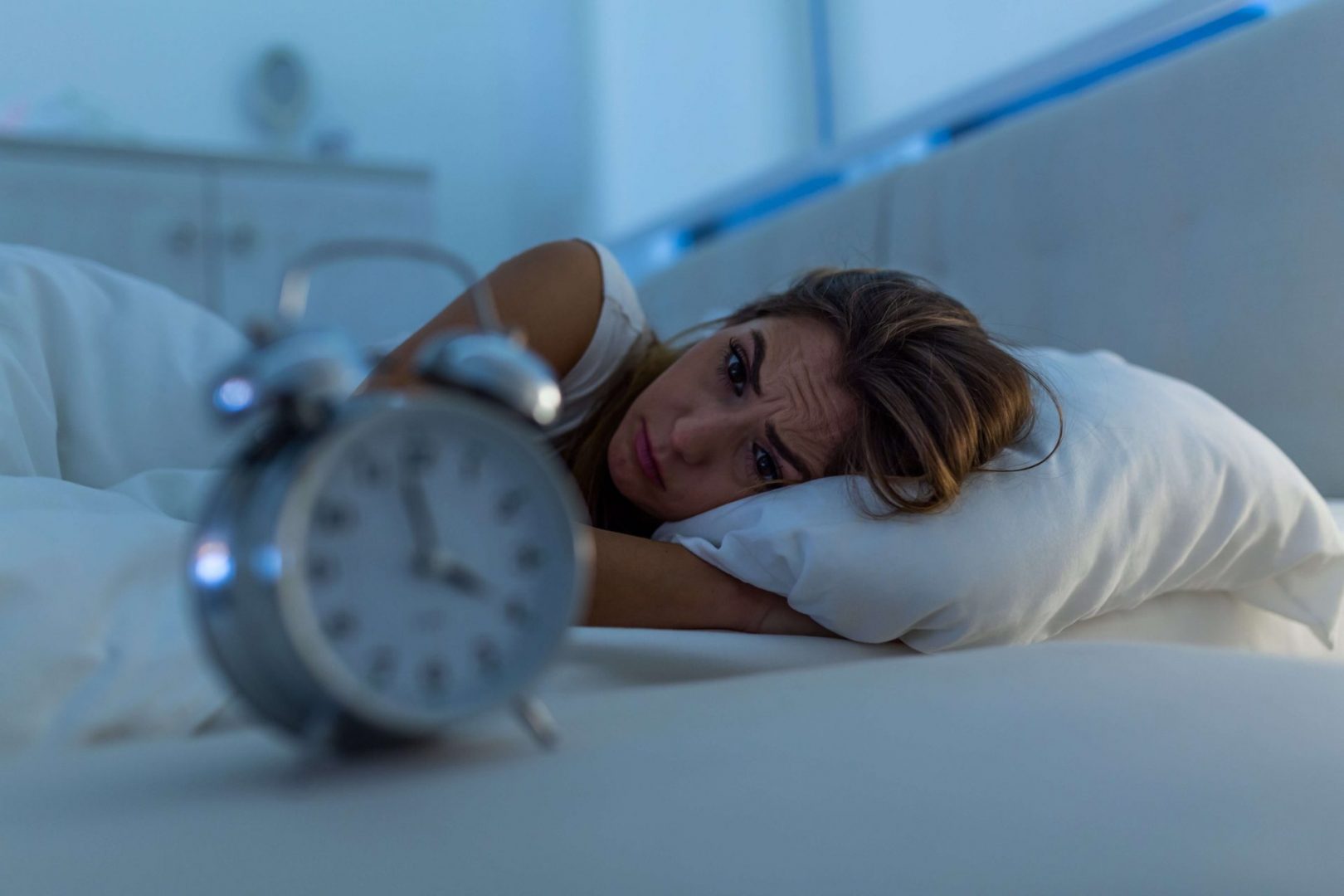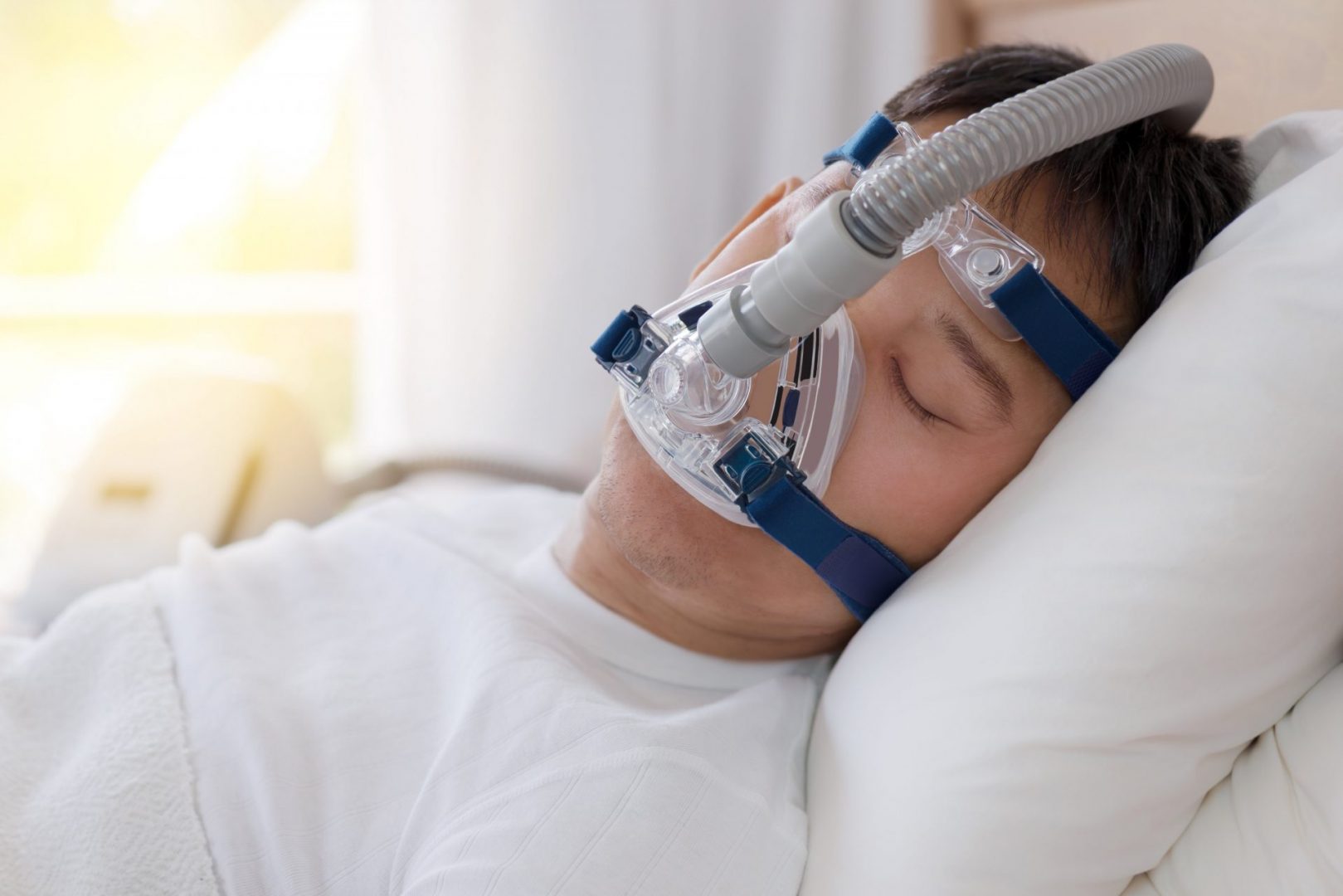You – like us! – have probably pondered in more than one occasion what kind of sleep problems or sleep disorders you may have. You have probably thought about this while fighting wakefulness in the middle of the night or feeling tired and fatigue during the day. Let’s dive into this topic and find out more about sleep problems and when you should speak to someone for advice.
Sleep problems or sleep disorders (in severe forms) are conditions that affect sleep quality, timing, and the duration of sleep. It is quite common to have some trouble falling asleep or sleeping through the night every now and then, and we usually recover from it within short time. However, persistent and recurring sleeping problems must be taken seriously.
Sleep disorders and problems can be triggered by a lot of different factors. Among these are psychological (i.e., stress, anxiety, loneliness, pressure), physiological, and environmental (i.e., age, jet lag, temperature, diet) factors.
What are common sleeping problems and how should we address them?
JET LAG
Jet lag occurs when there is a temporary disruption in the circadian rhythm when travelling time zones. The term circadian rhythm refers to our natural and internal sleep-wake cycle which repeats approximately every 24 hours and is influenced by and can adapt to environmental cues such as light. When we are travelling time zones, our circadian rhythm takes longer to adapt to the new time zone than the airplane on which we travelled. Hence, our internal clock is somewhat desynchronized with the new environment. This may ultimately lead to daytime sleepiness, headaches, stomach problems and difficulties falling asleep at night.
Jet lag is harder to push when travelling eastward since phase shortening is more difficult to adjust to than phase lengthening. This is because east is ahead of the time in the west. It is harder for us to fall asleep earlier than usual compared to staying up longer when travelling west ward, especially since our circadian rhythm is innately a bit longer than 24 hours (~24 hours and 15 minutes), so eastward travelling contradicts our internal clock even stronger, whilst westward travelling approaches our internal clock.
It usually takes one day per time zone crossed to adjust. For example, travelling from London to New York, you cross 5 time zones, so it will take approximately 5 days for your body to adjust properly. Exposing yourself to sunlight supports re-synchronizing your circadian rhythm faster and thus helps fighting jet lag.
INSOMNIA
Insomnia is probably one of the most associated problems when it comes to sleep. It is the most common sleep disorder and it refers to the inadequate ability to fall asleep despite giving ample time and opportunity to fall asleep. This means that we provide enough time for rest (about 7-9 hours at night) but we are unable to achieve sufficient sleep quantity and quality.
Insomnia ca be divided into sub-types, but they are not mutually exclusive, meaning they might occur together or separately. Onset Insomnia is the difficulty falling asleep, and Maintenance Insomnia is the difficulty staying asleep. To be diagnosed with insomnia, the specific sleep problem must occur at least three nights each week and for more than three months in order to separate it from temporary sleep problems. Also, it must lead to significant stress or daytime impairment and be independent from other mental disorders and medical conditions that may cause sleep disturbance, such as depression, diabetes, and Parkinson’s disease. 10-30% of adults are estimated to suffer from insomnia and distribution is skewed towards women with them being affected twice as often as men.
The two most common triggers of insomnia are emotional concerns/ worries and emotional distress / anxiety. On a biological level, emotional arousal leads to an overactive sympathetic nervous system which controls the body’s fight-or-flight mechanism. This results in an increase in heart rate and blood flow, metabolic rate, brain activity and even the release of the stress hormone cortisol. All of this makes it extremely difficult for our body to rest and fall asleep.
There a variety of treatments for insomnia including medication, psychotherapy, or behavioral therapy. Let us first take a closer look at medication in the form of sleeping pills: Some Benzodiazepine and non-benzodiazepine sedatives may help induce sleep, but they do come with severe risks. They only promote sleepiness for the short time thereby delaying the time it takes to fall asleep but distort the natural sleep pattern. This results in more light sleep and less REM or deep sleep, an effect that will impact your alertness, physical strength, cognitive performance and much more negatively. Sleeping pills also make people highly dependent on them while creating a tolerance for the sleep-promoting effects. Hence an even higher dose is needed to achieve the same sleepiness effect. When people stop taking the medication, they frequently suffer from insomnia even more than prior to medication intake, a phenomenon called rebound insomnia. Hence, it is important that sleeping pills must be used infrequently, in a highly controlled manner, and with a doctor’s supervision. Remember to always consult your doctor first before taking any sleeping pills.
Another and far more promising approach to treat insomnia is cognitive behavioral therapy for insomnia. In this therapy, patients learn a set of techniques to help improve their sleeping habits and address their anxieties which may be causing their insomnia. This therapy focuses on the patient’s individual needs, resources, unresolved problems or issues and allows, together with a trained therapist, to find effective long-term solutions.
NARCOLEPSY
Narcolepsy is another sleep disorder which is considered an autoimmune disease that is caused by abnormalities in the central nervous system and usually emerges in childhood to young adulthood. This condition affects the systems in the brain that keep us awake such as the brain stem and hypothalamus.
This condition is characterized by excessive daytime sleepiness with sudden sleep lapses lasting 10-15 minutes at inappropriate moments like sports, conversations, and even sex. Sleep paralysis and a condition called cataplexy (a condition characterized by a loss of muscle tone while awake triggered by moderate to strong emotions) may also be characteristics of narcolepsy.
There is no known cure for narcolepsy, but medications and therapy help people improve and cope with their symptoms. Provigil is a drug that is commonly prescribed to help with daytime sleep attacks. It is less addictive than amphetamine, which has been used in the past, but its effects remain limited. To fight cataplexy and sleep paralysis, antidepressants are often used but again do not eliminate the symptoms completely and come with their own downsides. Behavioural treatments include taking short naps during the day, practicing good sleep habits, and the flexible arrangement of social and work-related engagements.
SLEEP APNEA
Sleep Apnea is a chronic sleep disorder characterized by repeated episodes of complete or partial upper airway obstruction during sleep, which leads to a decrease in oxygen content in the blood and sleep fragmentation. As a result, the symptoms often include heavy snoring and daytime tiredness due to the chronic sleep deprivation. Studies suggest that 2-5% of adult women and 3-7% of adult men suffer from symptomatic sleep apnea.
Its primary effect is a deterioration of sleep quality which leads to drowsiness and fatigue during the day. This may also lead to cognitive dysfunction and impaired work performance among others. Moreover, sleep apnea has been identified as a risk factor for other clinical consequences such as hypertension, cardiovascular disease and stroke.
While sleep apnea is recognized as a serious disease it often stays undetected, early recognition is crucial for appropriate an effective therapy. Here, sleeping partners can play an important role by reporting any abnormalities they notice in their partner’s sleeping behavior. Prompt therapy can help counteract serious health consequences.
Treatments of milder forms of sleep apnea include weight reduction, quitting smoking, maintenance of a regular sleep pattern, or treatment of nasal allergies to support better breathing at night.
If you want to know more about sleep apnea, you may read more about it here.
SLEEP PARALYSIS
Sleep Paralysis is a condition related to narcolepsy and often occurs in the REM (rapid eye movement) sleep stage. During REM sleep, our skeletal body is completely paralyzed, meaning we lose all tone in the voluntary muscles of the body (whilst involuntary muscles that control automatic responses such as breathing continue to operate). Normally, when you wake up and return to consciousness, the brain releases the body from the paralysis immediately. However, in the case of narcolepsy for example, it may occur that paralysis prolongs into the state of wakefulness. This leads to an inability to move your body, not even your eyelids or mouth. Within a few minutes, the paralysis should cease, and full body control should be regained.
Paralysis, however, is not unique to narcolepsy and can also occur among healthy individuals. Generally, paralysis does not pose any worrying risks but if it occurs regularly or is getting worse, you should see a doctor.
There may be other sleep disorder not tackled here. A general rule of thumb should be: If you are anxious and unsure if you have any sleep disorder, or if you have been experiencing some troubles concerning sleep, it is always best to see a doctor. The doctor will be able to help diagnose if you indeed have a sleep disorder or allay your anxieties if there is nothing to worry about.
Reference
Roach, G.D., & Sargent, C. 2019. Interventions to Minimize Jet Lag After Westward and Eastward Flight. Frontiers in Physiology. https://dx.doi.org/10.3389%2Ffphys.2019.00927
https://www.sleepfoundation.org/sleep-disorders
https://www.sleepfoundation.org/narcolepsy
Walker, M. (2017). Why We Sleep. Unlocking the Power of Sleep and Dreams.
https://www.webmd.com/sleep-disorders/default.htm



